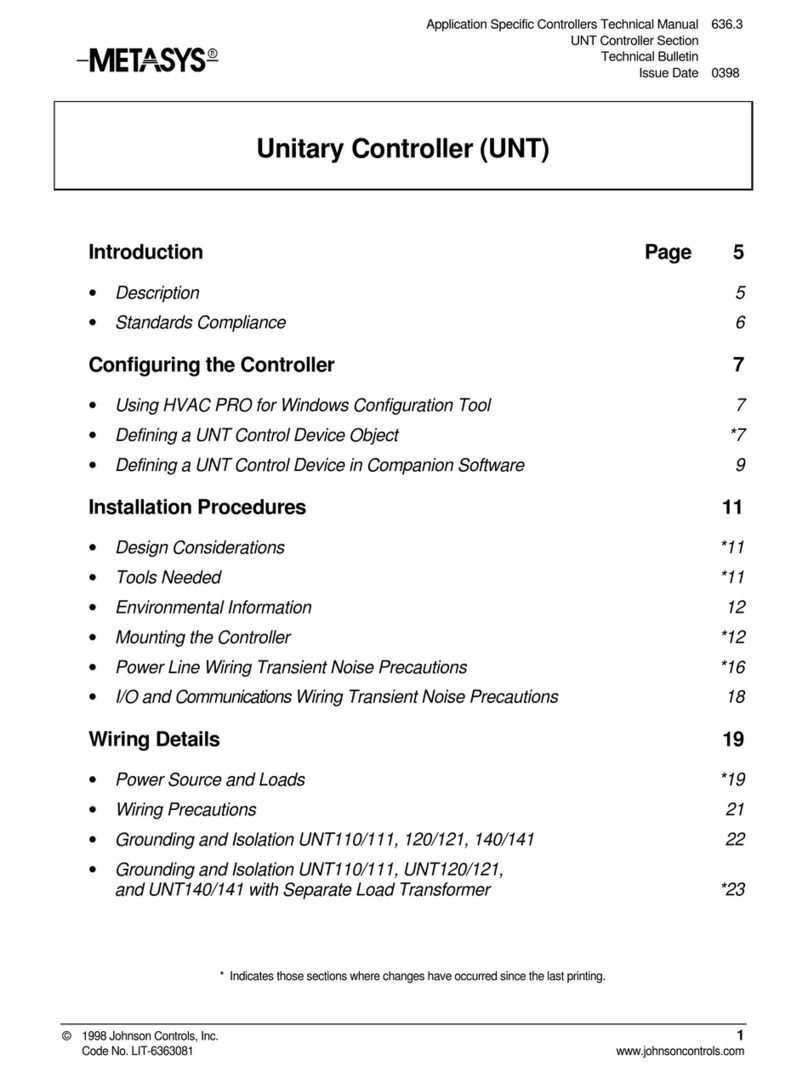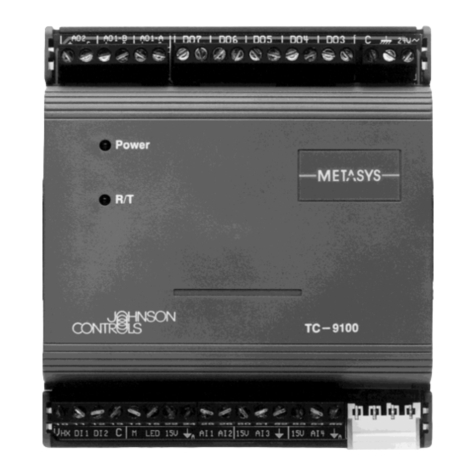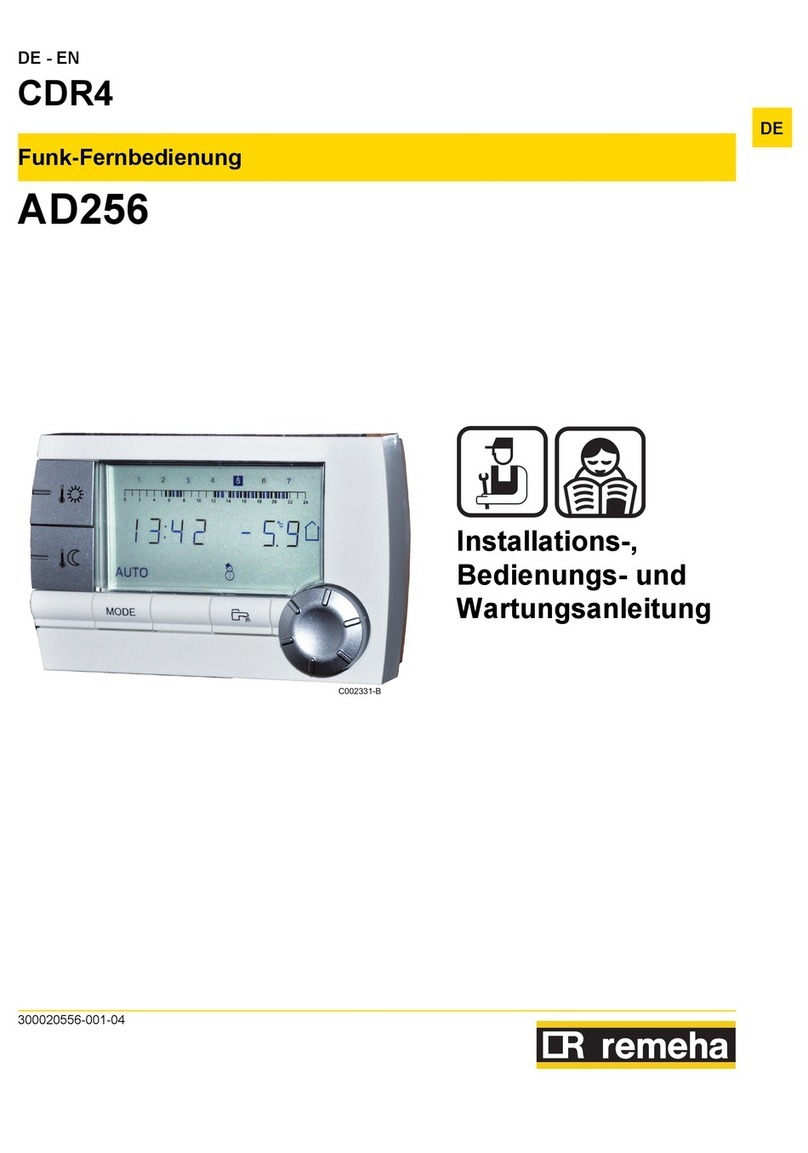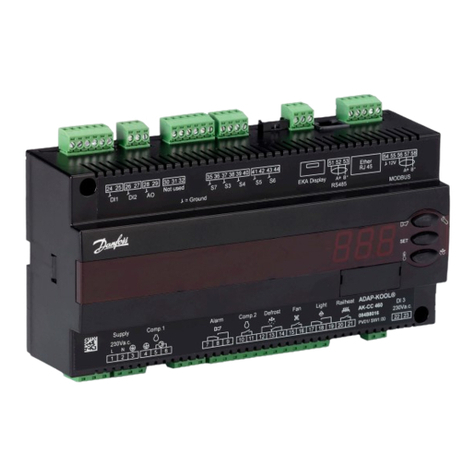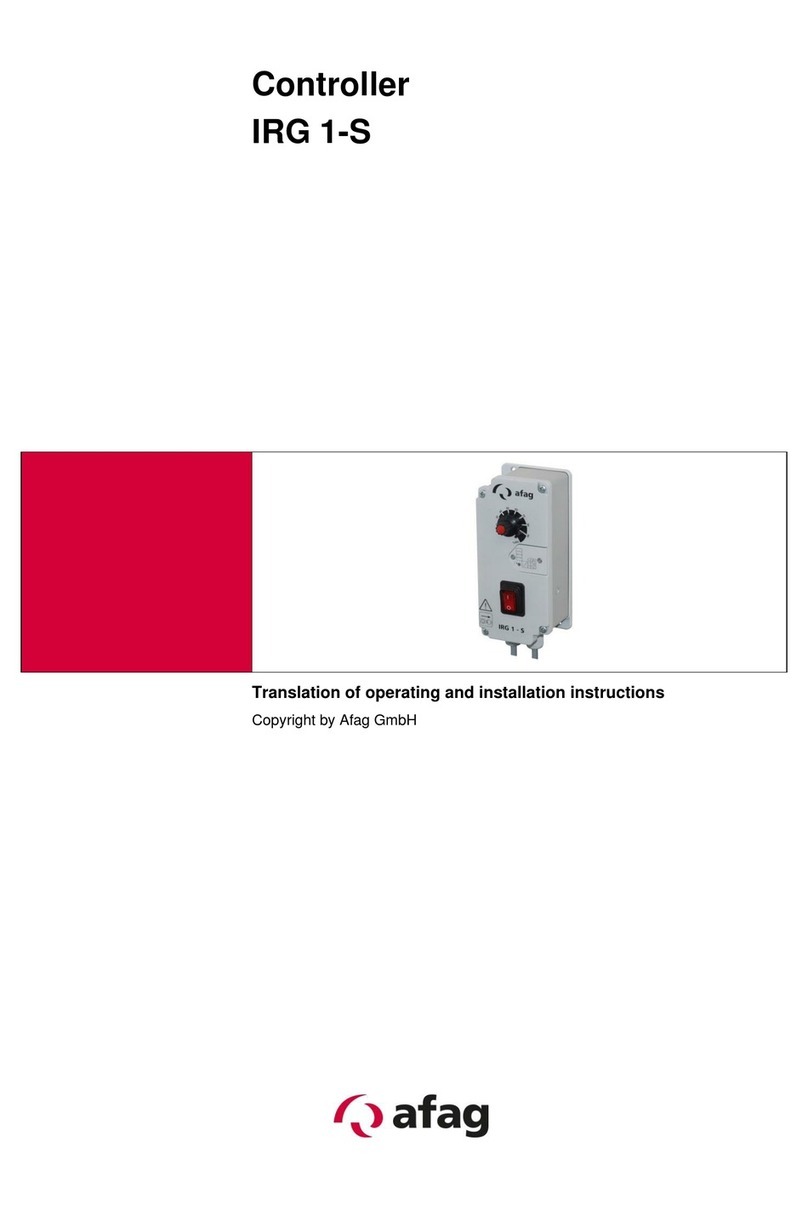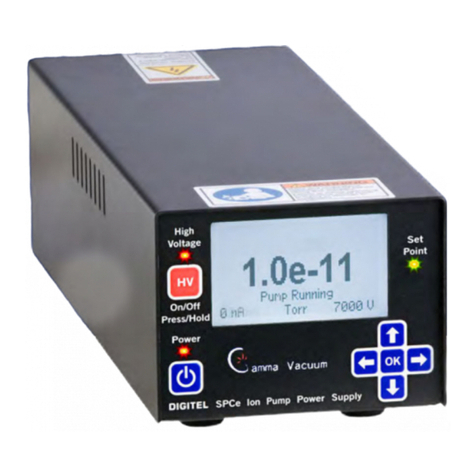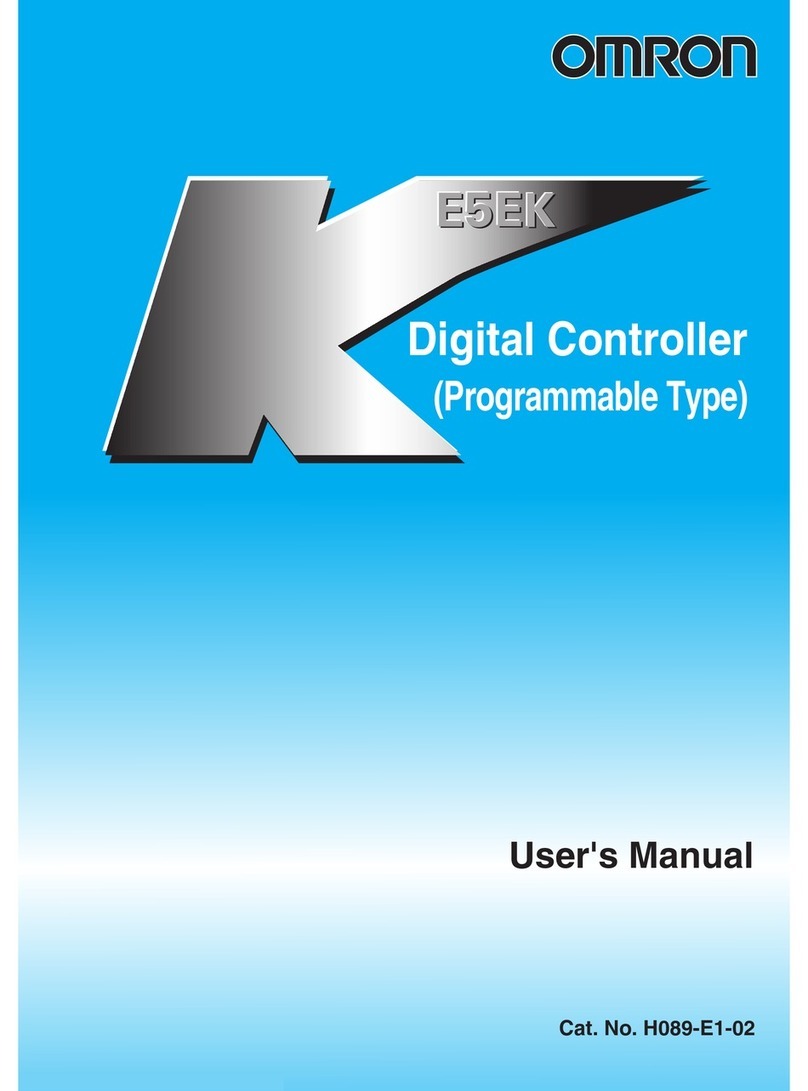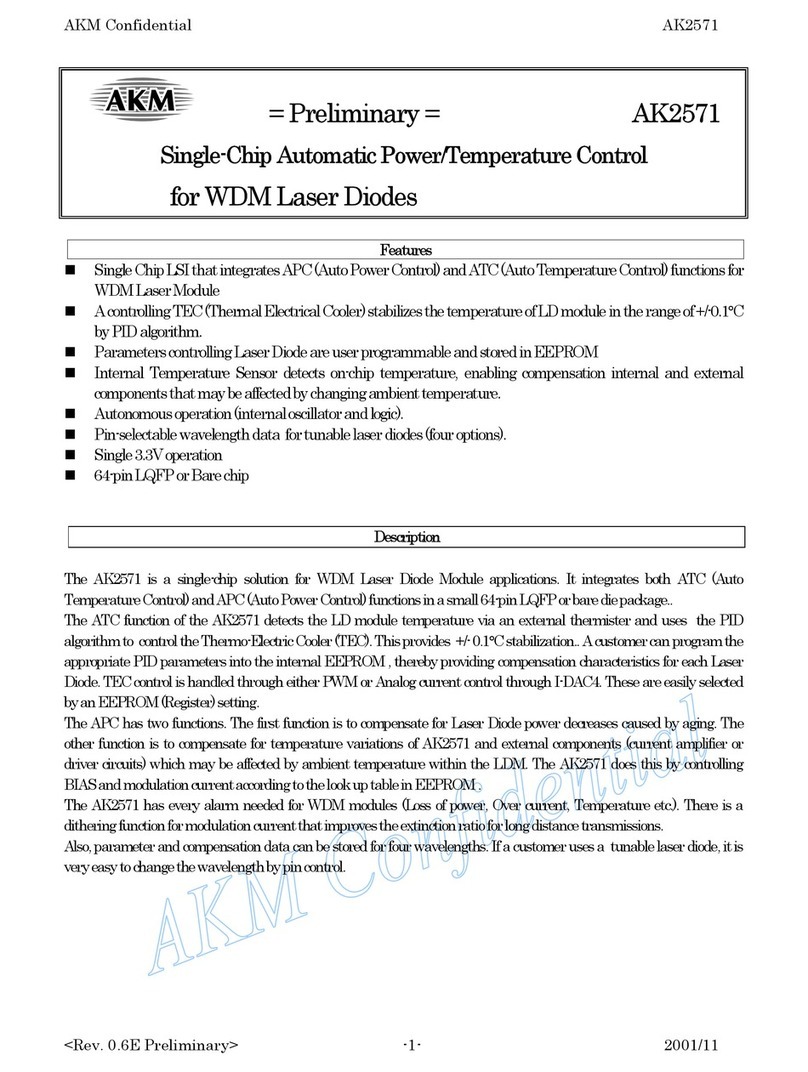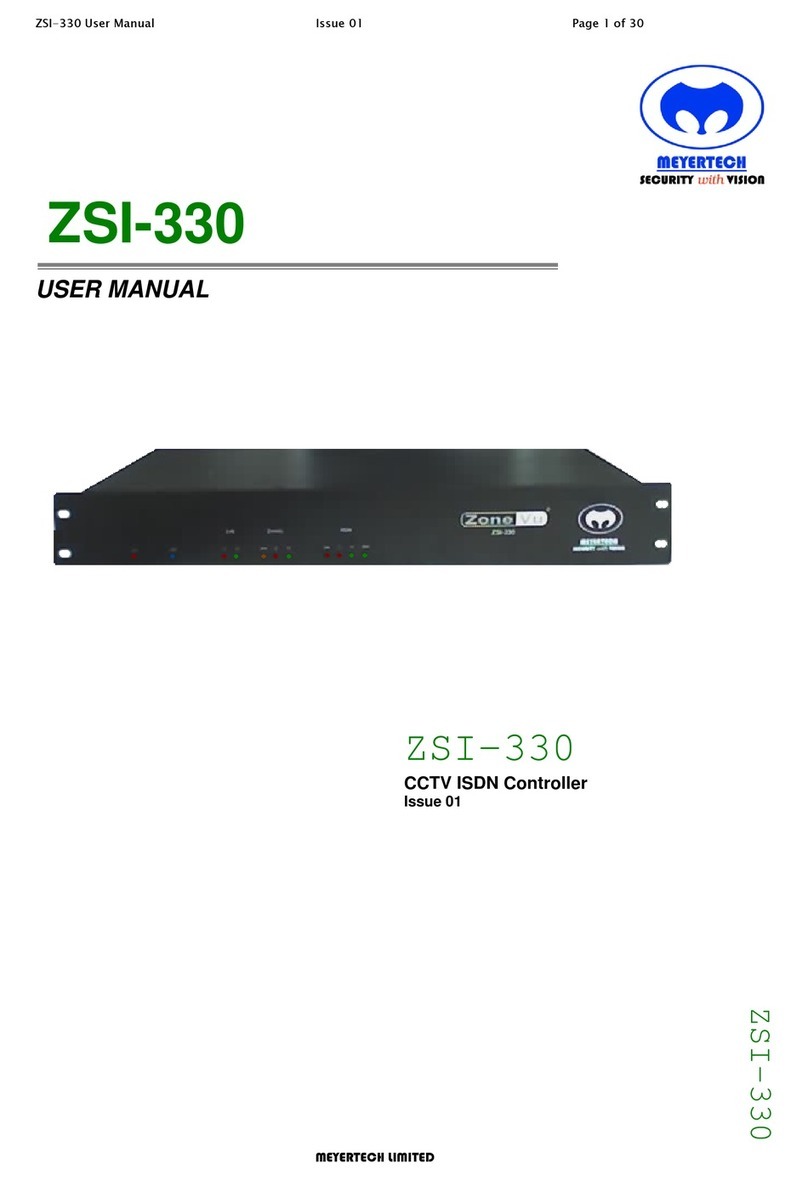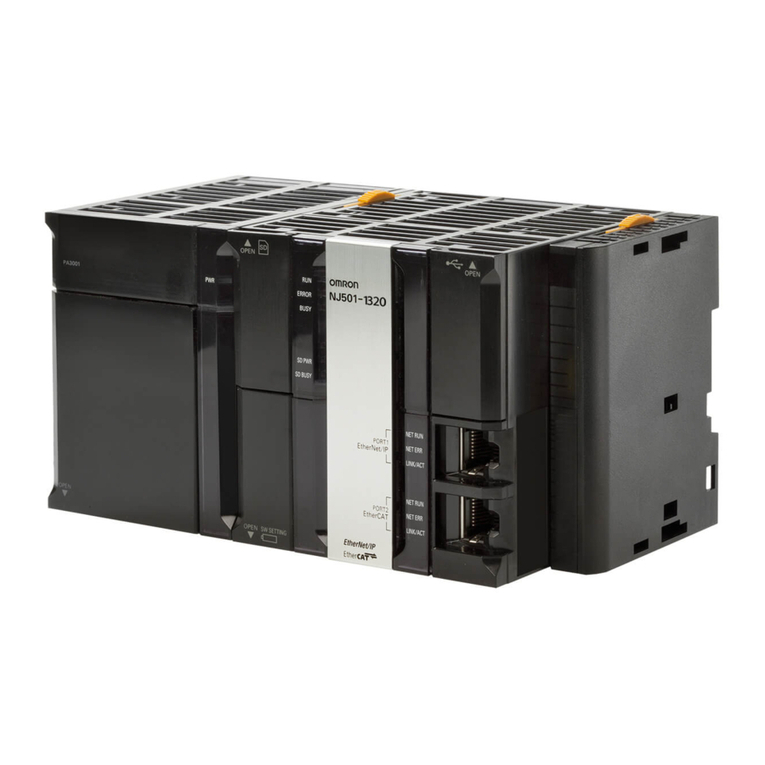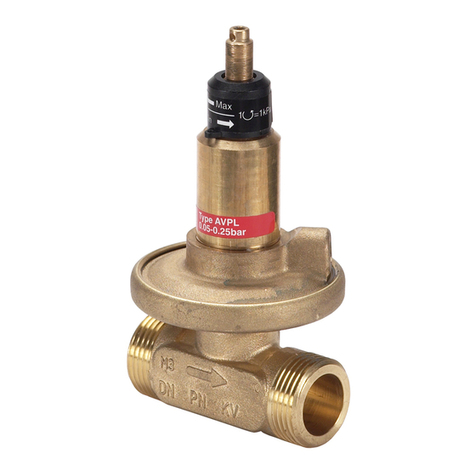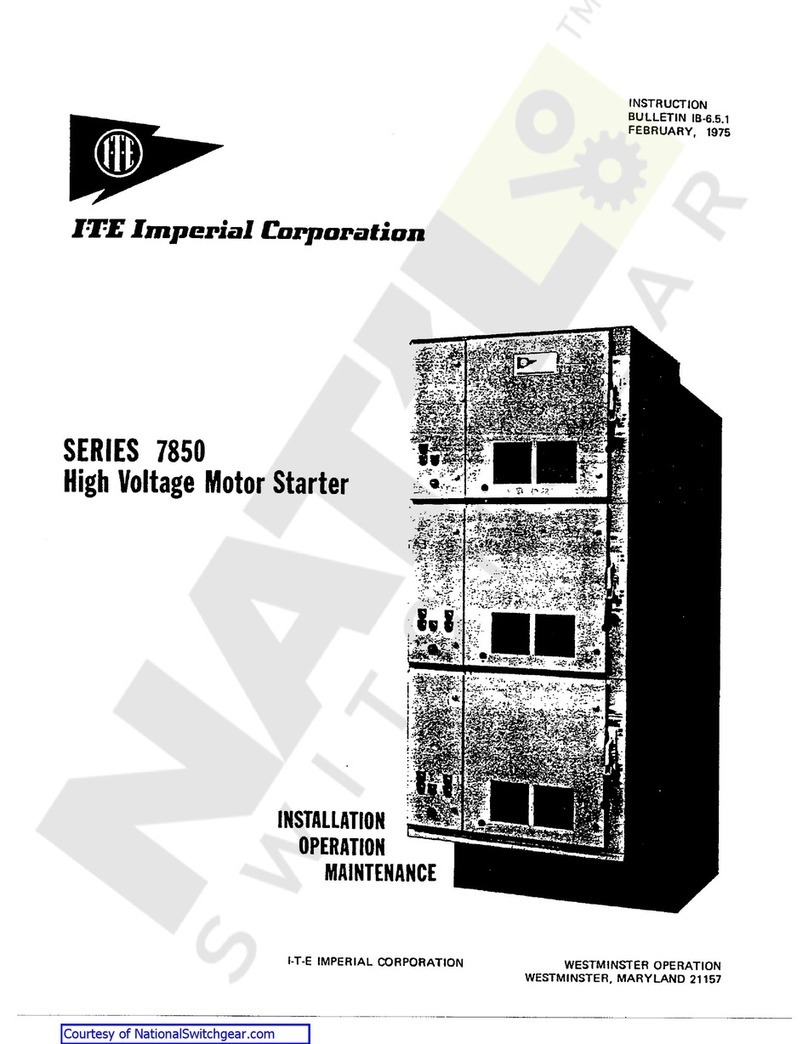Metasys FAN 636 User manual

Metasys Network Technical Manual 636
Air Handlers Section
Technical Bulletin
Issue Date 0590
© 1990 Johnson Controls, Inc. 1
Order No. 636-128
Temperature control of the supply (discharge) air through sequencing
modulated dampers and modulated cooling
DMCLM.CMP
The following DOS path name indicates the location of the compound:
<FMS>\APPS\HVAC\CONTROL\TEMP-CTL\DMCLM.CMP
Temperature control of the supply (discharge) air through sequencing
modulated dampers and modulated cooling. This compound can be
used to control and sequence the following:
•modulated dampers, e.g., a set of outdoor air/return air mixing
dampers
•modulated cooling devices, e.g., a chilled water valve
Other compounds can be connected to the DMCLM compound’s inputs to
perform the following functions:
•setpoint control
•fan status control
•independent lockout of cooling control
•dehumidification through the cooling devices
When used with the damper logic compound (DMPLOGIC), inputs are
provided for these additional features:
•independent lockout of dampers
•proportional mixed air low temperature limit protection
•economizer control of the damper’s maximum position
•ramped startup of dampers
Supply Air Temperature Control with Modulated
Dampers and Modulated Cooling
File Name
Path Name
Main Function
Accessories

2 Air Handlers—Supply Air Temperature Control with Modulated Dampers and Modulated Cooling
The following compounds also provide temperature control through
modulated dampers, heating devices, or cooling devices.
•CLM compound—modulated cooling control
•DM compound—modulated damper control
•HTM compound—modulated heating control
•HTMCLM compound—sequential control of modulated heating and
modulated cooling control
•HTMDM compound—sequential control of modulated heating and
modulated damper control
•HTMDMCLM compound—sequential control of modulated
heating, dampers, and cooling control
The PID algorithm, embedded in the DC-TRL (PIDL object) in the Digital
Control Module (DCM), provides the necessary control.
As the feedback temperature increases above the setpoint, the dampers are
modulated to their maximum position, based on the difference between the
setpoint and the feedback temperature.
As the feedback temperature increases further, the cooling device is
modulated to full cooling, and the dampers are held at their maximum
position.
For simplicity, the above statements reflect the PID algorithm’s
proportional response to a change in feedback. To understand the
algorithm’s actual control, you must incorporate the effect of the
proportional, integral, and derivative responses.
Modulation occurs in the following manner:
Table 1: Modulation
Device Command From DC-CTRL Result
Cooling 200.0 Full cooling
100.0 No cooling
Dampers 100.0 Maximum position
0.0 Minimum position
The CLG-PTP (PIDL object) has been added to allow the addition of the
independent lockout of cooling control and dehumidification features. The
PID algorithm of the CLG-PTP (PIDL object) is disabled. With this
algorithm disabled, the command from the DC-CTRL (PIDL object) is
routed to the other switches and selectors in the CLG-PTP (PIDL object).
Alternate Schemes
How It Works

Air Handlers—Supply Air Temperature Control with Modulated Dampers and Modulated Cooling 3
•You can find important instructions and guidelines for using
compounds in How to Use the Metasys GPL HVAC Library, located
at the beginning of the App. Notes: GPL HVAC Library section.
•For information on the definition and the initial configuration of the
objects and the function blocks, use GPL to examine this compound.
•You must define all the following AI, PIDL, and AOD objects as part
of the same DCM:
- the AI object connected to the SA-T block
- the DC-CTRL (PIDL object)
- the CLG-PTP (PIDL object)
- the AOD object linked to the CLG-AOD connection block
- the AOD object linked directly to the DMP-OUT connection block,
if DMPLOGIC is not used
•If you’re using the DMPLOGIC compound as an accessory, you must
also define all the AI, PIDL, and AOD objects used with that
compound as part of the same DCM discussed above, including the
following:
- the AI object connect to the MA-T connection block
- the AOD object connected to the DMP-AOD connection block
- the MINLIMIT (PIDL object)
- the MAXLIMIT (PIDL object)
- the MAPLL (PIDL object)
•If a PIDL’s object name is changed, make sure all references to that
object name are also changed.
•If the CLG-ENA or STATUS connection blocks are not used, connect
them to a binary constant with a value of 1.
Guidelines

4 Air Handlers—Supply Air Temperature Control with Modulated Dampers and Modulated Cooling
Table 2: I/O Requirements
Input Requirements
Name Of Block Type Of
Data
Engineer
Units
Req? Range Default Value Description
SA-T Analog DEG F Yes - - Supply air temperature
SETPOINT Analog DEG F No - 55°F (13°C) Setpoint
STATUS Binary - Yes - - Fan status
CLG-ENA Binary - Yes - - Cooling enable
DEHUMID Command % CLG No 100 to 200 0% Dehumidification
ST-OFF-V Analog % No 0 to 200 0% Status off value
Output Requirements
Input Span Limits
For Linked AOD
Object:1
Name Of
Connection
Type Of
Data
Engineer
Units
Req? Range Low
Limit
High
Limit
Description
CLG-AOD Analog % CLG Yes 100 to 200 100 200 Cooling; analog output to
AOD
DMP-OUT Analog % OPN Yes 0 to 100 0 100 Output to damper’s AOD
Note 1: IMPORTANT: Set the output span limits so that as the signal to the AOD object increases, the device connected to the AOD
produces more cooling (less heating).
I/O Requirements

Air Handlers—Supply Air Temperature Control with Modulated Dampers and Modulated Cooling 5
The template for the DC-CTRL (PIDL object) includes screens (Figure 1
and Figure 2) for establishing the port definition requirements.
Figure 1: PID Loop Object (PIDL) Port Definition
Note 1: Output 2: The parameters shown apply when the DMPLOGIC compound is used.
However, when the AOD object is directly connected to the DMP-OUT connection,
define Output 2 in the following manner:
System Name = <system name of AOD object connected to DMP-OUT>
Object Name = DMP-OUT
Attribute = VALUE
Figure 2: PID Loop Object (PIDL) Output Definition
Port
Requirements:
DC-CTRL Object
INPUT 1
Scalar
Reference Select
System Name
Object Name
=
=
=
=
PID LOOP OBJECT (PIDL)
PORT DEFINITION
INPUT 4
Scalar
Reference Select
Value
=
=
=
INPUT 2
Scalar
Reference Select
Value
=
=
=
INPUT 5
Scalar
Reference Select
Value
=
=
=
INPUT 3
Scalar
Reference Select
Value
=
=
=
INPUT 6
Scalar
Reference Select
Value
=
=
=
F10 - SAVE, ESC/mouse click - CANCEL, PGUP/PGDN- PAGE
Enter the system name
of the AI object that
is connected to the
SA-T block.
1.000000
REFERENCE
SA-T
0.000000
0.000000
0.000000
NORMAL
0.000000
NORMAL
0.000000 0.000000
NORMAL
0.000000
NORMAL
0.000000
0.000000
NORMAL
0.000000
1
OUTPUT 1
System Name
Object Name
Attribute
=
=
=
PID LOOP OBJECT (PIDL)
OUTPUT DEFINITION
OUTPUT 5
System Name
Object Name
Attribute
=
=
=
OUTPUT 2
System Name
Object Name
Attribute
=
=
=
OUTPUT 6
=
=
=
OUTPUT 3
System Name
Object Name
Attribute
=
=
=
OUTPUT 7
=
=
=
F10 - SAVE, ESC/mouse click - CANCEL, PGUP/PGDN- PAGE
OUTPUT 4
System Name
Object Name
Attribute
=
=
=
OUTPUT 8
=
=
=
CLG-PTP
OFFSET
System Name
Object Name
Attribute
System Name
Object Name
Attribute
System Name
Object Name
Attribute
Enter the system name
of the PIDL object
CLG-PTP.
MINLIMIT
SEL_INP
1
Enter the system name
of the PIDL object
MINLIMIT.

6 Air Handlers—Supply Air Temperature Control with Modulated Dampers and Modulated Cooling
The pertinent screen for port definition requirements is shown below.
Figure 3: PID Loop Object (PIDL) Output Definition
Yes, this is a process compound. To view the compound’s process
information, click once on the compound block.
To see how this compound could be used with other objects and
compounds, view the GPL file AHU5. The following DOS path name
indicates the location of the file:
<FMS>\APPS\AHU\AHU5.(GPL)
Port
Requirements:
CLG-PTP Object
OUTPUT 1
System Name
Object Name
Attribute
=
=
=
PID LOOP OBJECT (PIDL)
OUTPUT DEFINITION
OUTPUT 5
System Name
Object Name
Attribute
=
=
=
OUTPUT 2
System Name
Object Name
Attribute
=
=
=
OUTPUT 6
=
=
=
OUTPUT 3
System Name
Object Name
Attribute
=
=
=
OUTPUT 7
=
=
=
F10 - SAVE, ESC/mouse click - CANCEL, PGUP/PGDN- PAGE
OUTPUT 4
System Name
Object Name
Attribute
=
=
=
OUTPUT 8
=
=
=
CLG-AOD
VALUE
System Name
Object Name
Attribute
System Name
Object Name
Attribute
System Name
Object Name
Attribute
Enter the system name
of the PIDL object
CLG-AOD.
Process?
Example

Air Handlers—Supply Air Temperature Control with Modulated Dampers and Modulated Cooling 7

8 Air Handlers—Supply Air Temperature Control with Modulated Dampers and Modulated Cooling
Notes
Controls Group FAN 636
507 E. Michigan Street Metasys Network Technical Manual
P.O. Box 423 Revision Date 0590
Milwaukee, WI 53201 Printed in U.S.A.
Table of contents
Other Metasys Controllers manuals
Popular Controllers manuals by other brands
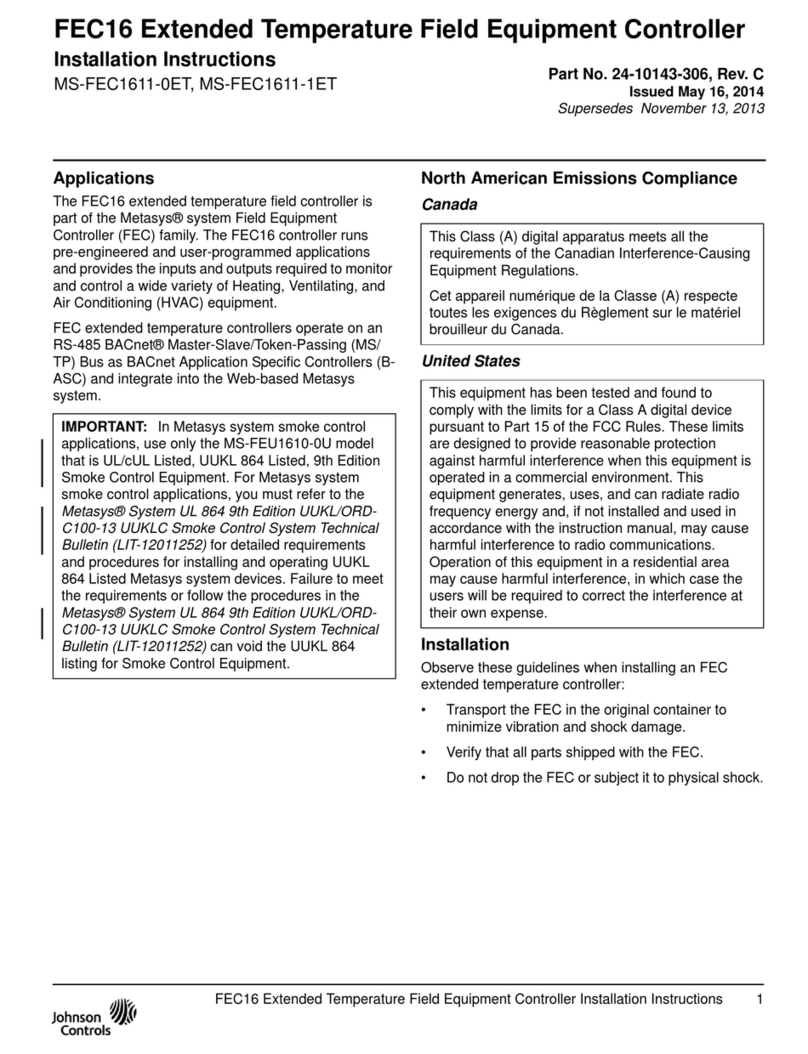
Johnson Controls
Johnson Controls FEC16 Series installation instructions
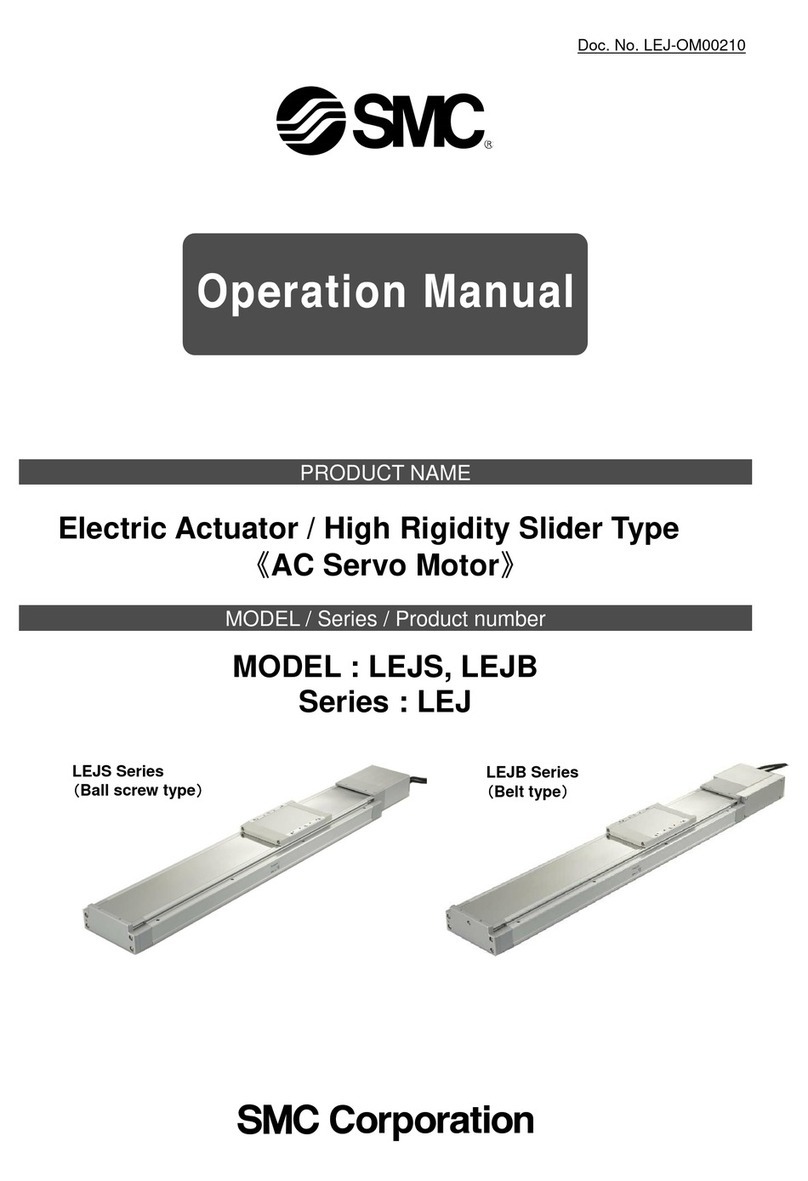
SMC Networks
SMC Networks LEJ Series Operation manual

Prolon
Prolon C1050 Series Hardware guide
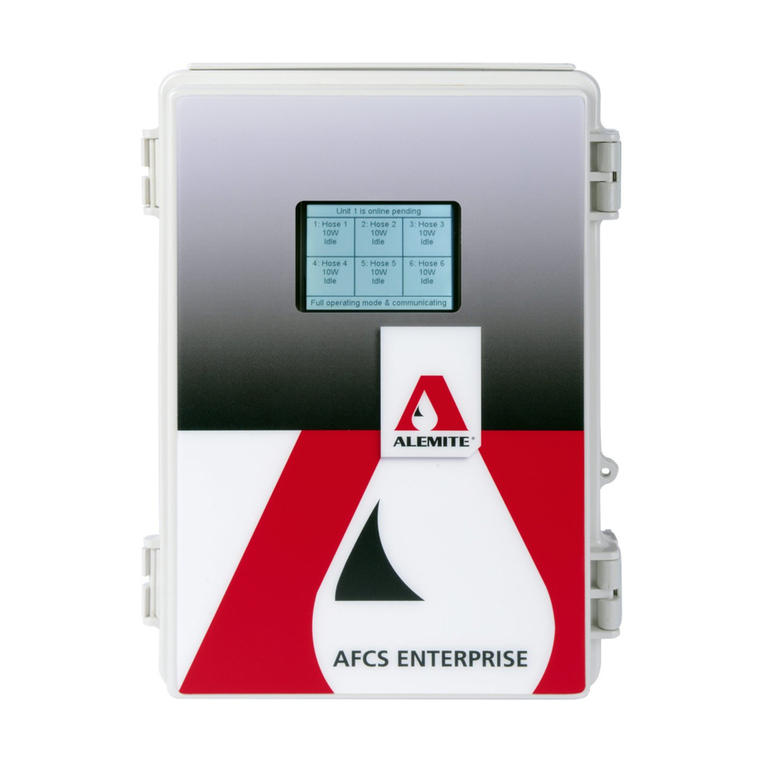
Alemite
Alemite 343530 User and maintenance instructions

Bifold
Bifold Orange EHPC210 Applications manual
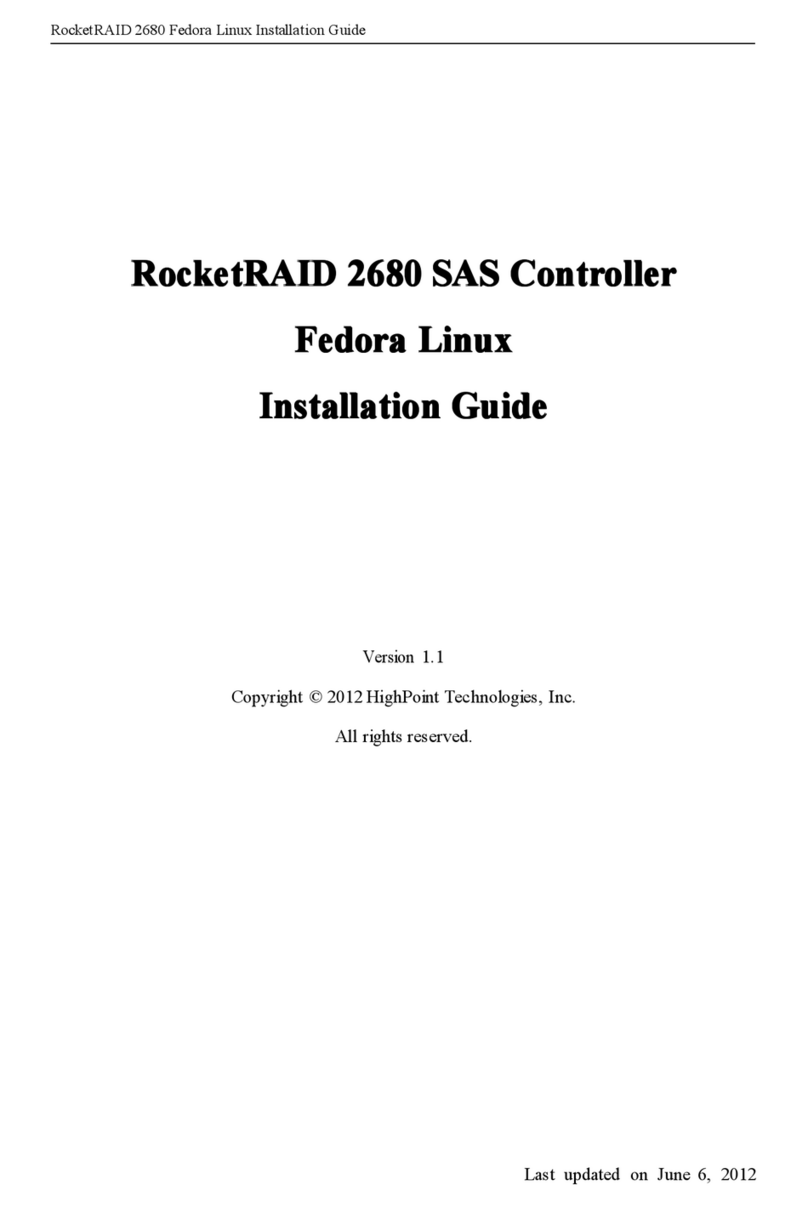
RocketRAID
RocketRAID 2680 installation guide
